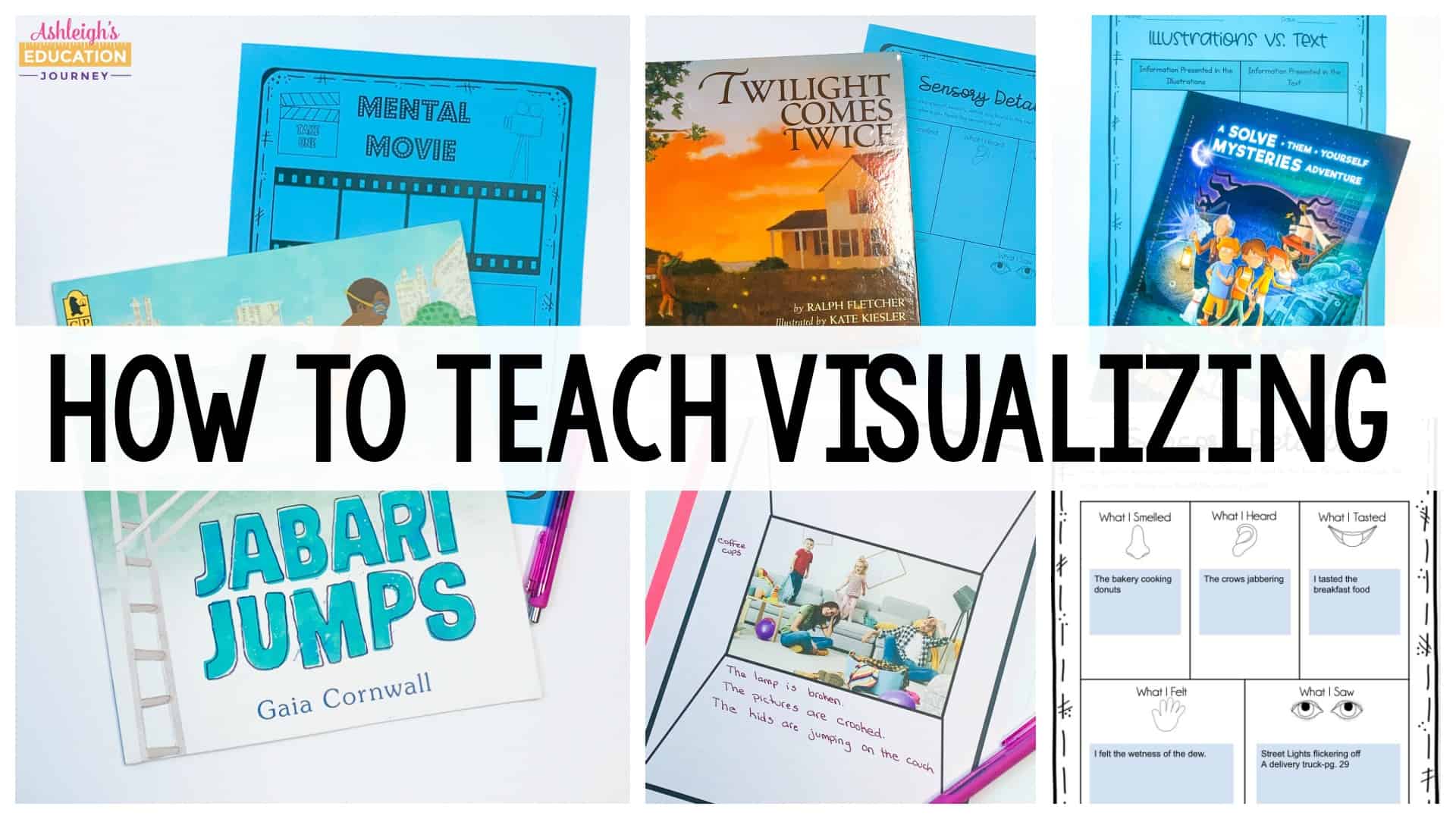
Visualizing when reading is not something that comes naturally to all students. In many situations, visualizing has to be explicitly taught, even though it’s often not included in state standards.
Whenever the new year begins, I’m always anxious to jump right into my standards. However, I would be doing a disservice to my students. There are many underlying components to reading comprehension and visualization that are essential for students to be able to read and understand a text. For some students these components are natural and they develop these comprehension strategies on their own. However, many students need explicit instruction in comprehension strategies. Without that foundation, students are not able to approach or access their grade level standards.
In my first reading unit, the major emphasis of instruction is comprehension strategies. I like to begin with teaching visualizing when reading. Visualization is important because it can help students’ reading comprehension, make students feel more connected to the text.
Sensory Details
I introduce visualizing when reading by using Twilight Comes Twice as a mentor text. I chose that particular book because of the author’s use of sensory details. The language in the book is truly beautiful. While I know that sensory details are taught to students as young as kindergarten, this is a great introduction that helps students think deeply about sensory details and how the author uses those details to enhance the text.
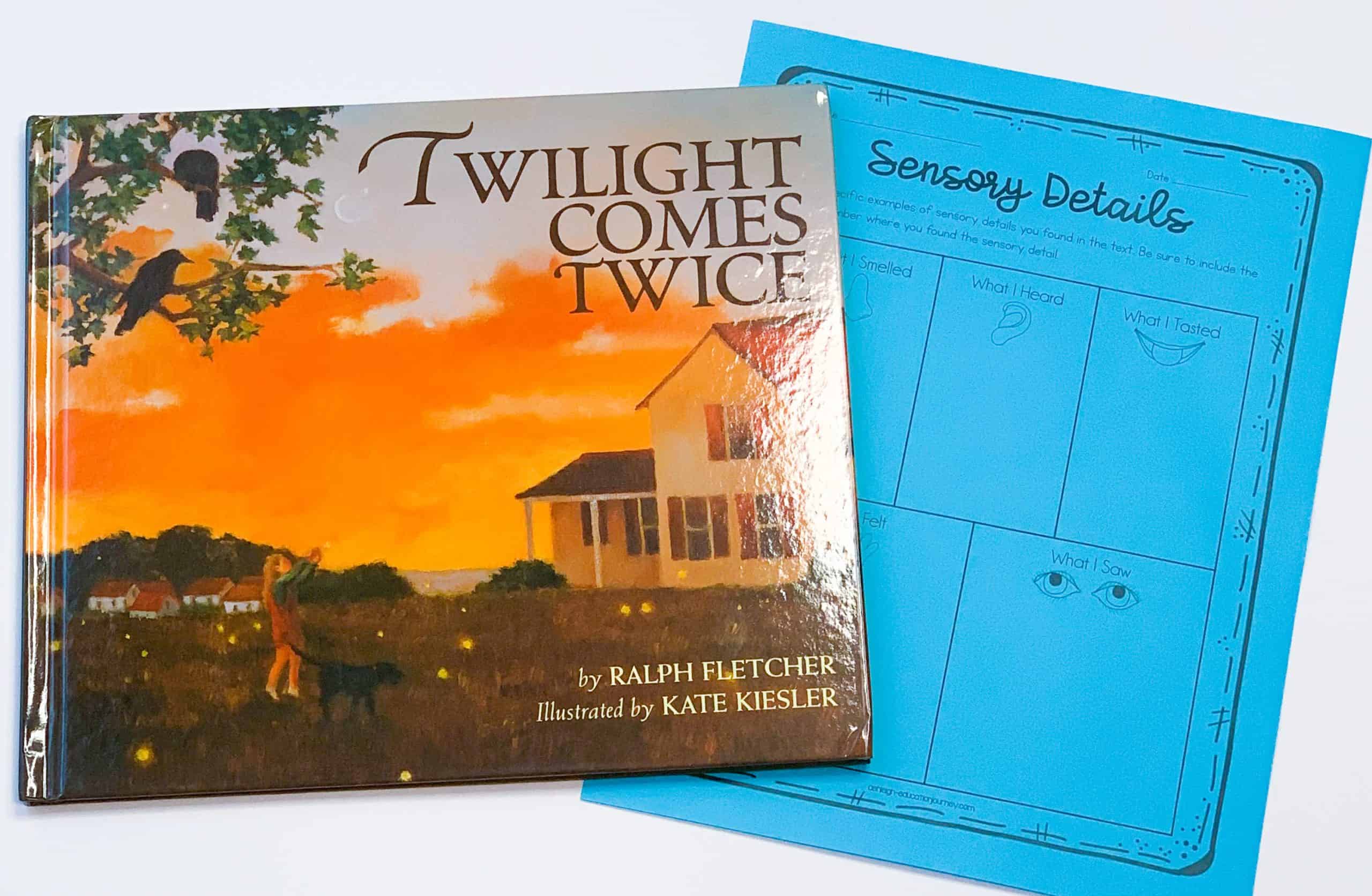
Mental Images
It’s helpful to relate visualizations to creating mental images. These mental pictures or mental images allow students to “see” the setting, characters, and action in the text. Students love hearing stories from your personal life, so I like to share an example of when I was irritated when one of my favorite books was made into a movie. I completely disagreed with the casting choices, because I had created mental images of all of the characters and the characters in my mind did not reflect who was chosen to play each role. Of course, students then chime in with their own experiences.
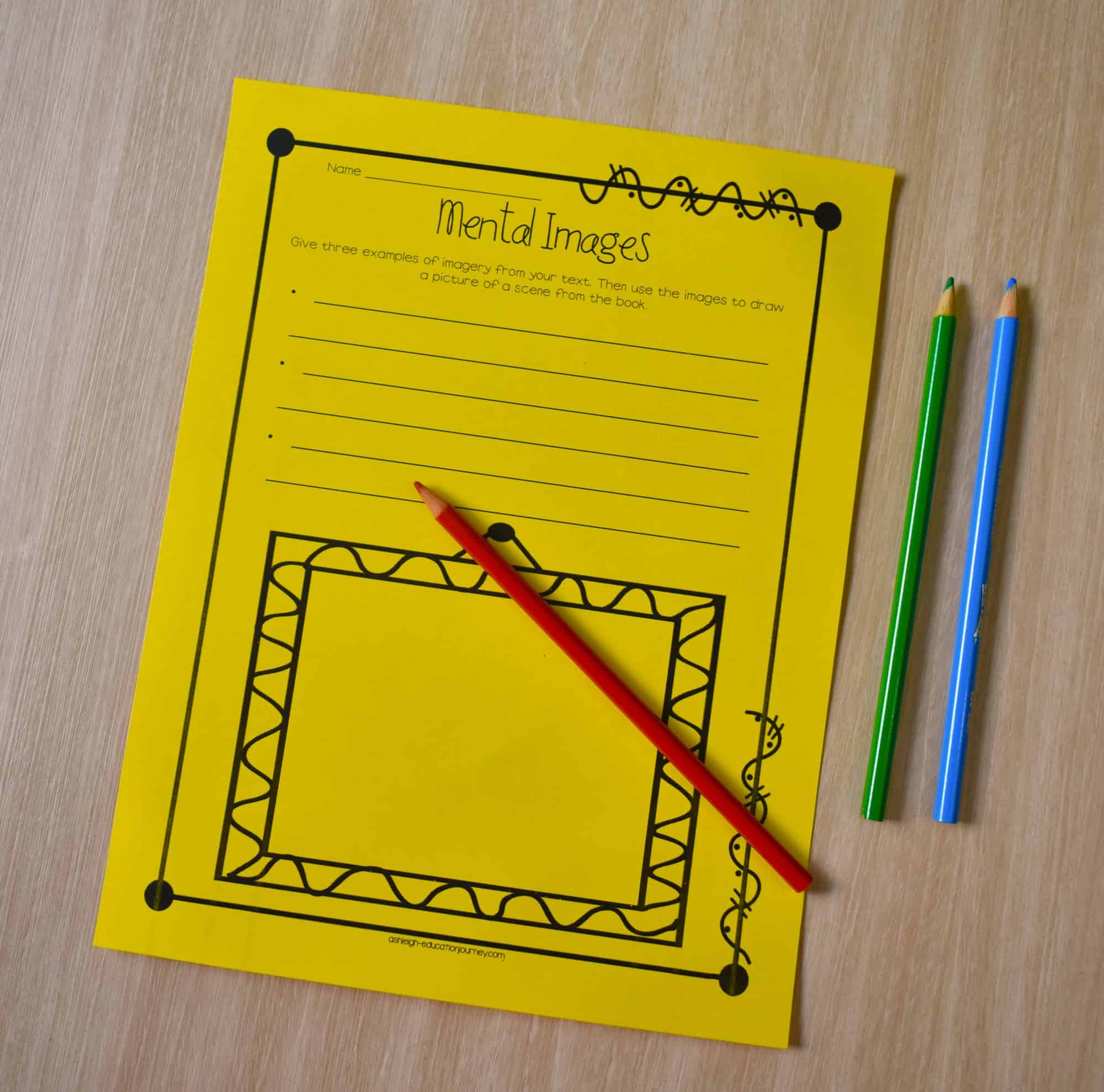
To take it another step farther, have students use visualization techniques to create mental movies. The book Jabari Jumps is an excellent mentor text for this lesson. Even though it’s written for a little younger audience, students will still appreciate the story. Most can relate, and it is a great reference in making connections lessons. In the book, the author clearly describes exact moments in time that allows students to develop scene-by-scene images in their minds.
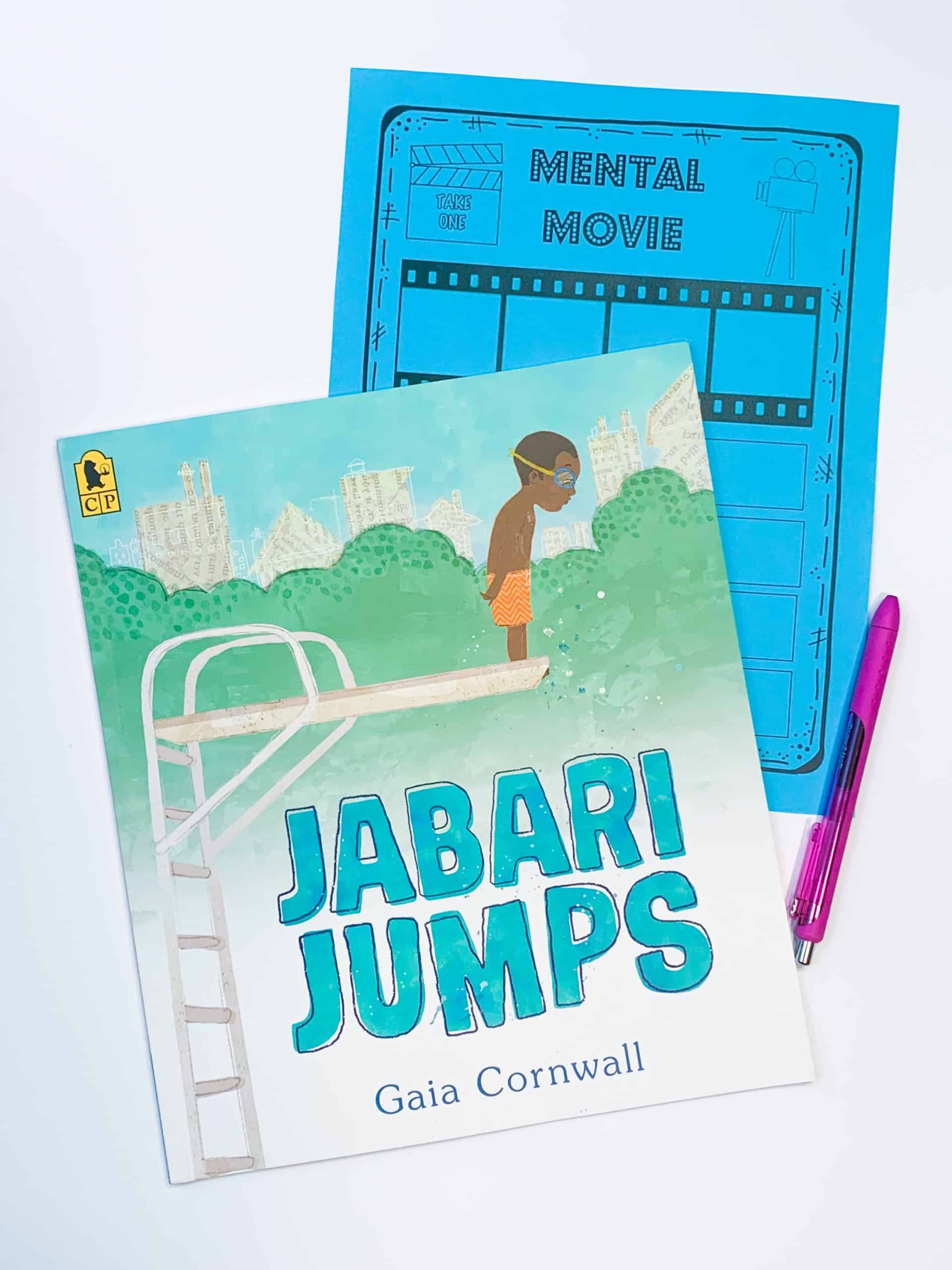
Learning Through Images
Don’t limit visualizing when reading to just fiction books, because it’s important for students to visualize in nonfiction as well as fiction texts. You can read an informational text where students can learn from the images AND text. Students then explain how the images enhance the text. I know many students think the only purpose of pictures is to entertain, but that isn’t always the case. Sometimes we can learn through images.
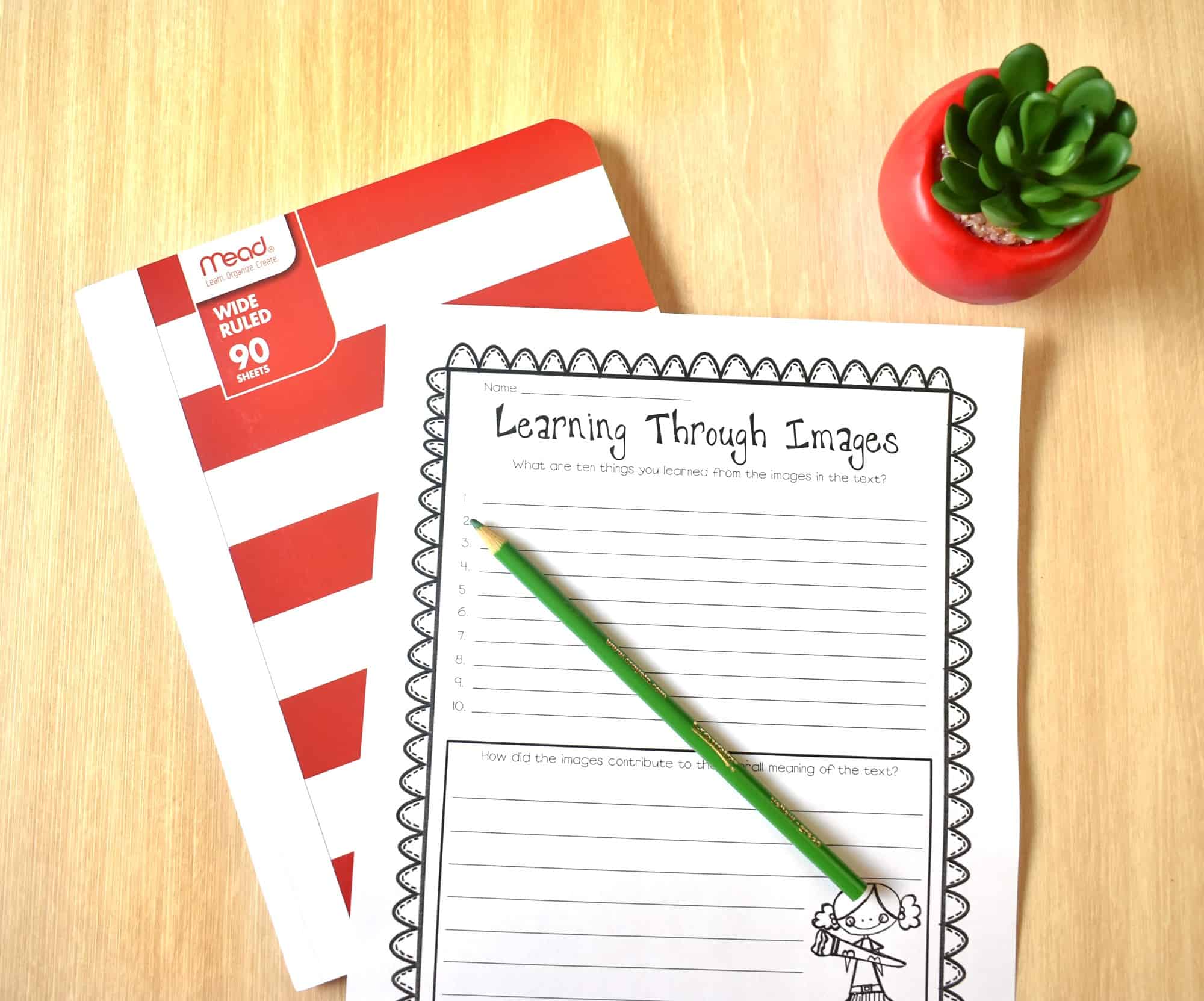
Students also benefit from analyzing pictures. This will later support students as they begin to make inferences from illustrations and text.

Visualizing When Reading-Putting it All Together
My favorite visualizing lessons come from Solve Them Yourself Mysteries Adventure book. This allows students to combine reading and visualizing with learning from images to solve mysteries.

Each chapter is only two or three pages and ends with a mystery to solve. To solve the mystery, students must combine what they learned from the text with what they learned from the illustration.


For each mystery, I have students record one thing they learned through the text that was not in the illustration and one thing they learned through the illustration that was not in the text. That’s such a fun idea and can be used for so many reading standards.
Visualizing When Reading – Distance Learning
Most teachers have no idea if they will be teaching in the classroom or teaching from home for the upcoming school year. That’s why there is a digital version of each lesson.
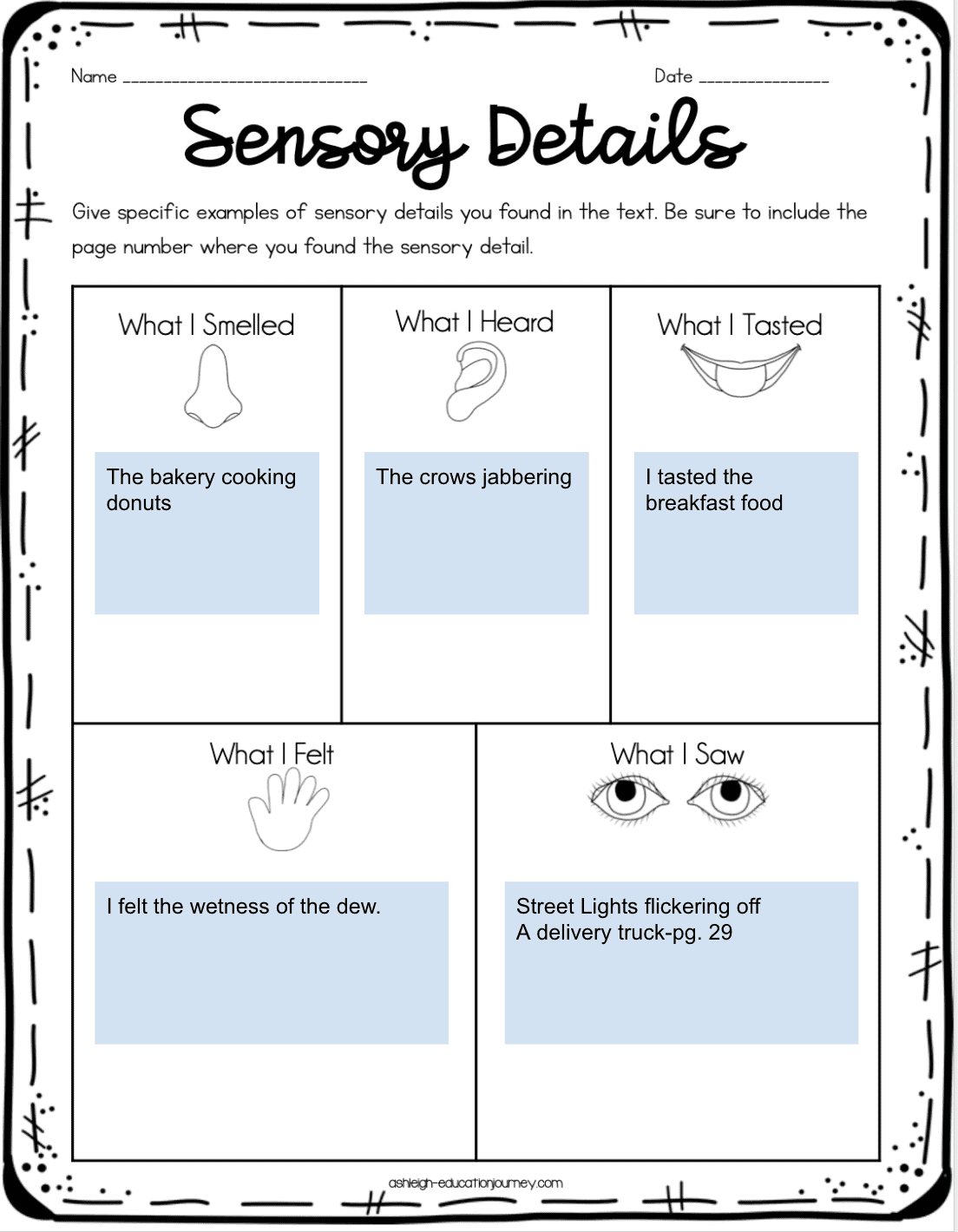
I’ve also recorded the mini lesson for all five of the lessons above. I give an explanation of that day’s skill or strategy, read the mentor text, and I model how to complete that day’s graphic organizer. Hopefully, these lessons will help you out! You can access the links on the mini lesson section of each lesson plan. I’ve tried to change that thumbnail a dozen times!!!
Another tool is this free visualizing when reading bookmark that you can download here. You can give each student a bookmark with visualizing sentence stems. As students read, they record what the text said and what they visualized as they read. If you’d like to find out more about teaching reading to upper elementary students, be sure to check out this post! 
I’m always eager to learn from you. What are your favorite strategies to teaching visualizing when reading?



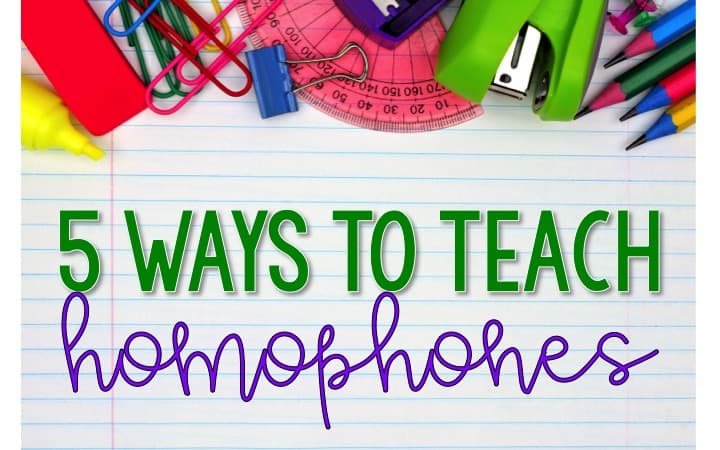
Hi Ashleigh- This looks for an amazing resource, is this in your shop for purchase?
Thanks so much!
Yes! It should be linked.
Hi Ashleigh,
Your resources look great! When I try to click on the links, though, I can’t connect to anything?
Joan
Did you use the link at the top? It should take you here: https://www.teacherspayteachers.com/Product/3rd-5th-Grade-Reading-Workshop-Unit-1-Distance-Learning-1325405
This looks like such an amazing resource, is this available for purchase in your store? Thanks so much!
It should take you here: https://www.teacherspayteachers.com/Product/3rd-5th-Grade-Reading-Workshop-Unit-1-Distance-Learning-1325405
Hi Ashleigh!
I love the worksheets. If I click on the link that directs me to TPT, will all of these forms be available? The preview does not show them. I am really interested in the “How to Teach Visualizing” ones.
Yes, they sure are!!